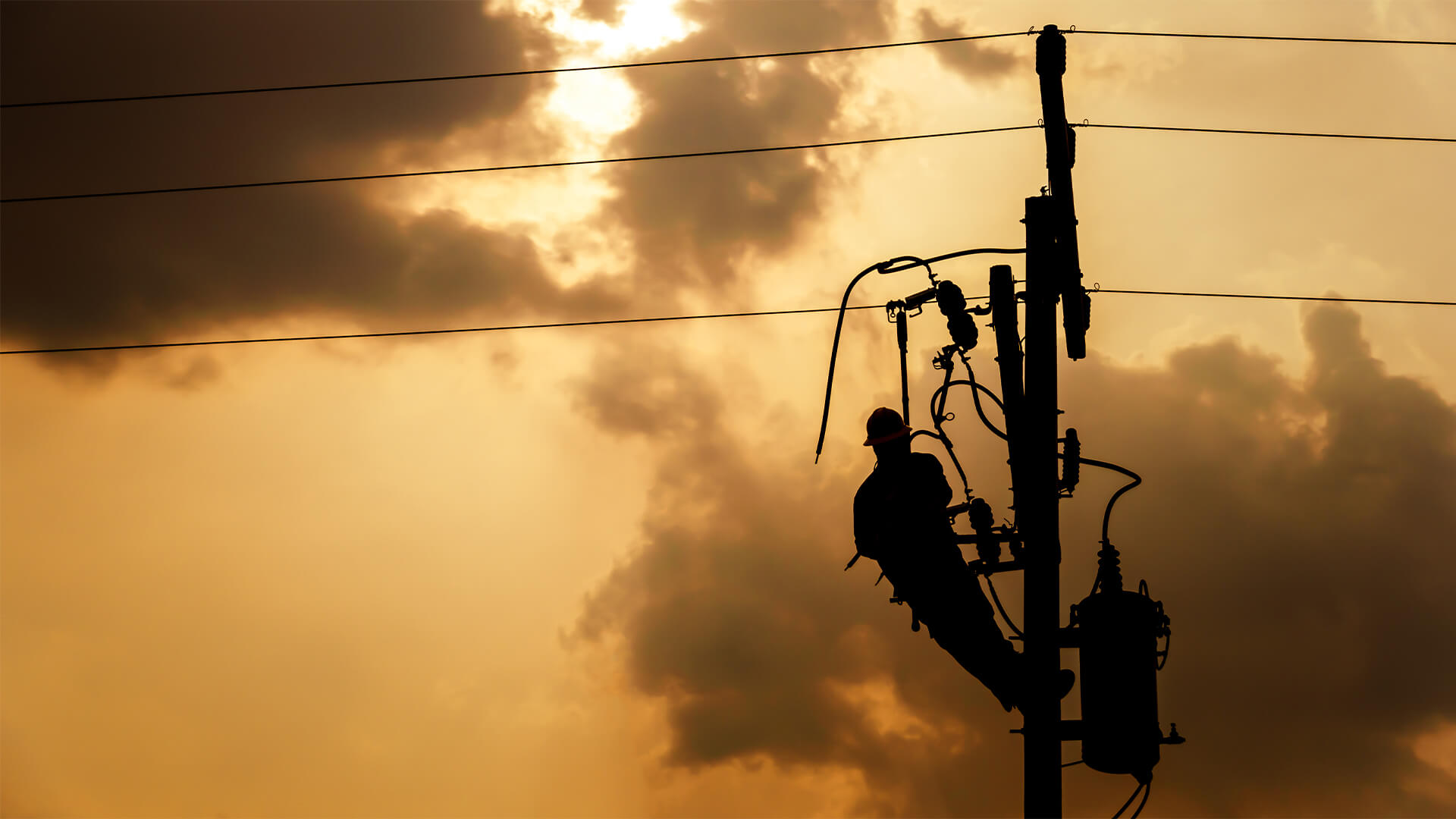
Power outages aren’t uncommon, with the rising issues of severe weather causing a strain on the power grid. This has resulted in 84% of Americans being worried about power outages occurring.
From freezing water thawing during long periods of outage to stocking up on canned food, many Americans are finding new ways to survive during these ever-increasing downtimes.
But batteries may be the answer to these problems. Here, we will explore the ways in which batteries can help revolutionize America’s power outage problems.
The US’s current power grid problems
Power outages are commonplace across America with the rising affects of global warming and extreme weather conditions hitting many family homes each year. This occurs in each state, with California and Florida being two prominent states hit by this problem.
Many Florida residents were without power for days after being hit by Hurricane Ian – resulting in almost 200,000 homes and businesses being left powerless. This is an issue in both comfort and safety – without necessary electricity, many are left without the basics, including refrigerated produce and water.
Blackouts are particularly dangerous for the vulnerable and elderly, with access to healthcare and emergency services also being impacted. The hurricane knocked out the power for more than four million homes in Florida, and over one million in North and South Carolina, making the efforts of the utility companies to restore the power grid a truncated one.
And with the weather conditions coming in extreme waves, it is likely America will face further outage exposure in the coming year. US power outages have doubled in the last two decades – marking a growing concern for the safety and stability of American living.
How batteries can help
Electric vehicle (EV) batteries could help restore the national grid across the country.
Utility companies could harvest the power of these electric vehicle custom batteries and set in place measures to return the unused power back to the electric grid.
This vehicle-to-grid approach is also known as bidirectional charging. Just as the EVs can be charged from the grid, the grid can feed off the unused power of our EVs. This power harnessing technique is already in use in some European countries, while Japan has been using bi-directional power from vehicle-to-home and vehicle-to-business since 2011, helping to stabilize the electric grid and provide additional power where needed.
And with states such as California aiming to stop the selling of gas and diesel cars by 2035 and instead focusing efforts into electric vehicles, this might be a possibility. Amid an uptake of electric vehicles across, there could be enough power to keep houses from experiencing outages.
However, you don’t want to be giving your power back for free.
Incentives for you to return stored power could include financial benefits, discounts on EV charging in the future, and home priority when it comes to restoring electricity after power cuts. By feeding back into your energy companies, you could be setting yourself and your house up for greater security in the future likelihood of an outage.
The current power grid crisis is a cause for concern for many, with the dangers of blackouts resulting in fatalities; during an outage in Texas in 2021, over 700 people died due to the lack of electricity.
Ensuring the infrastructure is in place to get the power grids running after severe weather is key. Electric vehicle batteries can use their stored power to help bring electricity back to houses and the power grid.





